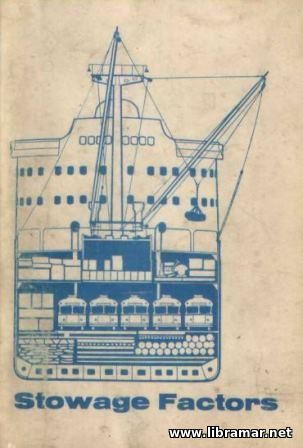 Here is a truly excellent compilation of stowage factors. The publication was prepared by the industry experts and is providing reader with the necessary information on the stowage factors. One of the most useful reference sources covering literally all classes of merchandise. This sixth edition of the volume has been significantly revised in order to include more useful data such as the stowage factors for bulk shipments of the ore cargo, sweet oil, containerships etc.
The stowage factors presented in the book are in cubic meters as well as cubic feet per ton. The information contained in this publication is the result of combined work of a team of experts and it took years to gather it all. All entries included in the volume are arranged in alphabetical order for easiest reference. There is a separate section addressing measurement and capacity of the shipping containers.
In short, the book is full of up-to-date and useful data arranged in such a way that would allow their immediate use on board any cargo ship so we do recommend having a copy at all times. Several supplementary tables are also there to give some additional data, such as tonnage conversion, salinity and draught adjustment etc.
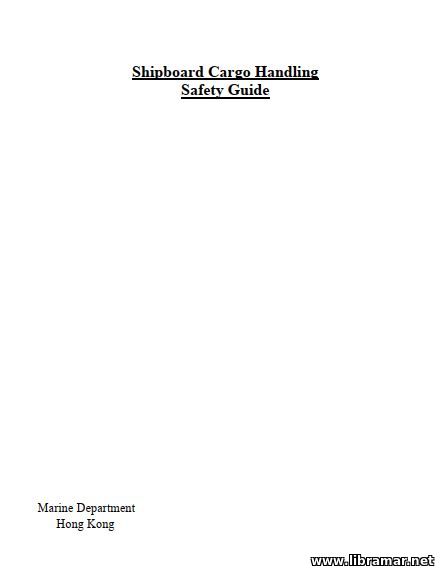 Subject publication was prepared and released by the Hong Kong Marine Department. The document has been in use for decades and the contents prove useful to the crews. This release of the volume reflects all developments in the field of cargo handling on board marine ships. The intention of the authors was to provide readers and of course crew members of the ships in the first turn, with the required guidelines and essential technical knowledge of health and safety.
This knowledge includes the basic safety features and associated equipment, safe access arrangements and correct use of the cargo handling equipment. Due attention shall be paid to establishing and following the safe working practices by all parties involved in handling cargo. Handling containers has been addressed in the separate, newly added, chapter, where the authors has provided a good analysis of the health matters that are normally related to the cargo handling activities on board ships.
It should be noted, however, that the contents of the document must not be treated as a formal substitution of the formal requirements and/or their legal interpretation. This is guidance; for the regulations and rules you should go to the relevant rulebooks and standards.
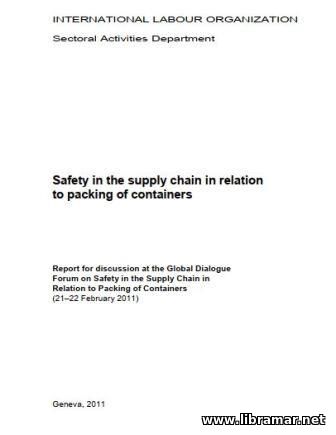 Numerous researches conducted in the field of container safety, particularly their packing, resulted in the conclusion that there are so many good guidelines to the packing of the containers. Those books have been in use for quite a long time; however, the incidents keep happening and include poor securing and/or overweight containers.
Most of the guidance books used today are mainly based on the provisions of the Guidelines for Packing of CTUs, i.e. Container Transport Units. Significant portion of that document still needs to be revised to include updates related to the very latest technological advances in the established container packing practices. The present publication was prepared to fill in the existing gap in information.
Due consideration has been given by the authors to producing the good and easy to implement guidance for the supply chain so that it can be used in any transport mode and not limited to the marine transportation of the container units. In fact, the contents of this book includes a perfectly worked summary of the available volumes with the guidance on container packing and as such will be great practical use to all people involved in container transportation.
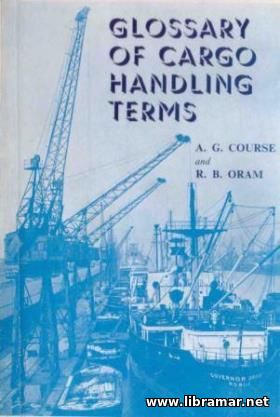 This is a very useful glossary providing any people involved in cargo handling with the good explanations of the basic terminology. The cargo handling process is a complicated process that would not permit simple definitions. That is why is it very important to know and understand all of the terms commonly used during the cargo handling activities.
All of the terms selected by the authors for inclusion on the glossary have been listed in alphabetical orders and accompanies with the brief but clear explanations. Having this book readily available at all times will allow avoiding any undesired situations that would otherwise be arising as a result of improperly used wording. There are some normally accepted variations in the use and meaning of some of the terms from one port to another, depending on the established and traditionally followed practices.
That is the main reason why it is not possible to list absolutely all terms in a single volume. There are so many processes involved in any cargo handling operation that come and go and the associated terminology changes from one generation of the professionals to another. Have a copy of the glossary available at all times as a good reference source.
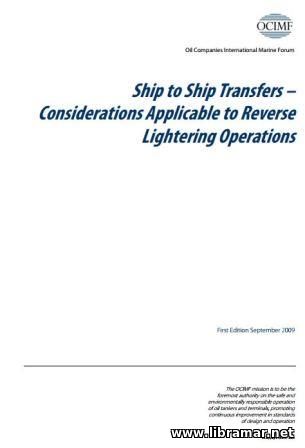 The present publication developed and officially reversed by one of the most respected entities in the modern international maritime shipping industry, will provide all necessary instructions for the ship-to-ship, or STS, operations including valuable guidelines related to the reverse lightering, or topping-off. This is the operation where a laden ship, which would usually be an Aframax or Suezmax tanker, is being brought close to the partially laden vessel, normally ULCC or VLCC to transfer the cargo from smaller vessel to a larger one.
This is what differs the reverse lightering from the other ship to ship transfer operation where the maneuvering ship is ballasted. It is very important to pay all due attention to the fender selection as it becomes critical for the provision of the safety of STS operations. In addition to that, all aspects shall be thoroughly considered including, but not limited to the stand-off distances and energy absorption.
The publication is quite compact but it contains all necessary information. First two sections are covering the procedures to be followed when selecting the fender, and characteristics of the energy absorption by the fender. Three other sections are dealing with the approach velocities, availability of the equipment used in the course of the operations, and stand-off distances mentioned above.
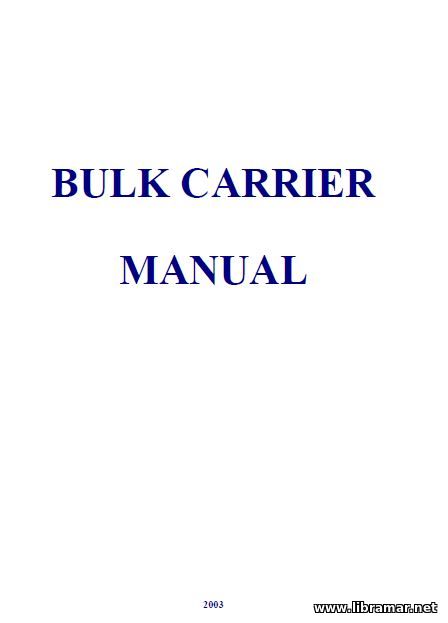 As we know, every bulk carrier shall be in possession of the designated shipboard manual covering the ship operations. For this purpose, the “Bulk Carrier Practice” publication officially released by The Nautical Institute shall be used as necessary. The notes that are contained in the pages of this supplementary document will be particularly useful when applied as a sort of additional manual for the crew, providing the guidelines to the safe and proper procedures to be followed when conducting the shipboard operations, including the cargo operations, ballasting/de-ballasting, and cleaning the holds.
You are encouraged to keep both of the above mentioned documents on board your vessel at all times to ensure their availability. The present manual shall also be read together with the safety manual of the company. The first chapters of the manual provide the introductory notes and the definitions of the terms used, followed with the information about the ballasting operations, loading and discharge, draught surveys, hatch covers etc. After that, the information on the cargoes is provided, covering the alumina and coal, grain and sulphur, ore and iron, and many other types of cargo commonly carried on board modern bulk carriers.
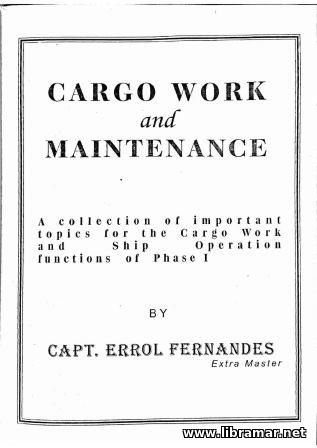 An excellent publication that will be greatly appreciated by the people assigned cargo handling related responsibilities on board seagoing ships. The content of the document presents a perfectly selected collection of the most important topics for the cargo work as well as the ship operations. Written by the professional ship captain, the publication starts with the chapter devoted to the bulk carrier operations where all important aspects have been covered and necessary information provided.
Here the readers will also find the useful ship/shore safety checklist to be used during the cargo operations, procedure for the draught survey, etc. the second chapter addresses the grain loading together with the associated calculations including the cleaning of the cargo holds, the hazard of shifting cargo within them, planning of loading, heeling moments, compensation for the vertical shifting of the center of gravity, and other information critical for the safe transportation of the grain cargo by sea.
The marine carriage of timber is the topic of the third chapter of the document, giving the main provisions of the Code of safe practice for the vessels engaged in transportation of the timber deck cargo. All of the cargo lifting appliances normally used on board ship have been covered in detail.
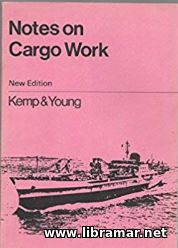 This fifth edition of the publication was prepared to be used as a classic introduction to the cargo work that could be equally valuable for the newcomers and experienced workers. We all understand that the practical real-life experience is critically important for the successful transportation of any cargo and believe that this volume will contribute and supplement the experience you would gain from the work at sea.
The particular attention was paid by the authors to the safety aspects - all latest rules and changes in the international regulations have been reflected in the pages of this document. The main content of the book is arranged in eight sections, starting with the one dealing with the general principles you will need to be familiarized with before you proceed any further. Then, there are five sections dealing with the bulk, general, refrigerated, tanker and deck cargoes carried by sea.
The cargoes that normally require special care have been discussed in a separate chapter. The closing chapter of the book covers the calculations and cargo stowage factors. The book is a real must-have publication to anyone engaged in the cargo handling operations and willing to improve their skills.
|







